ASTM A335 P5
Read more
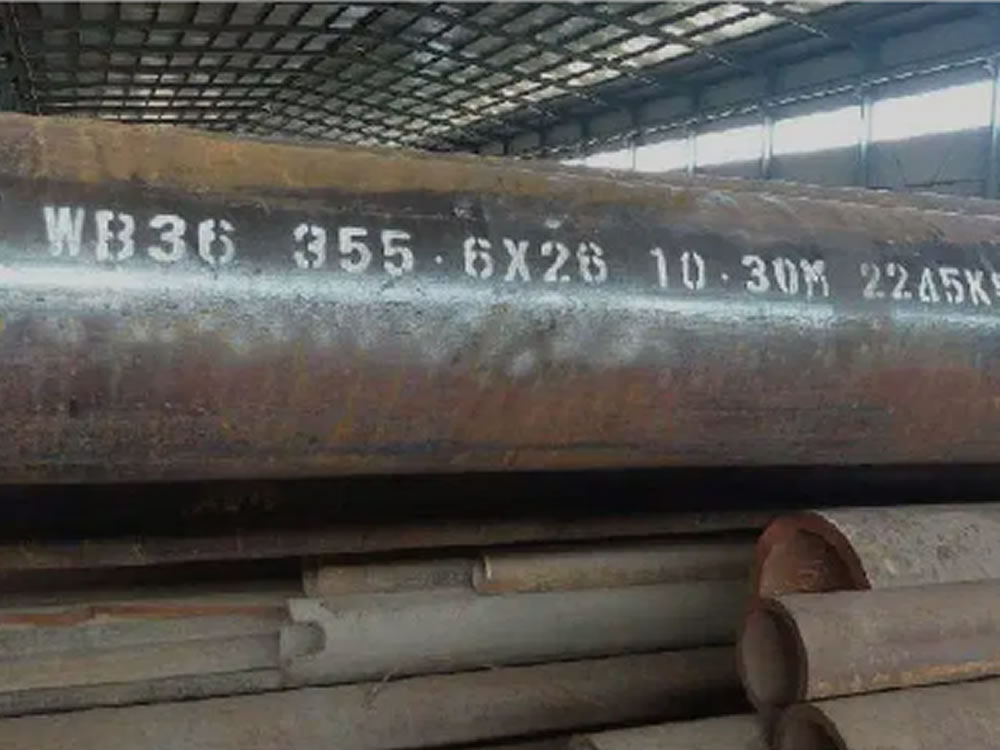
WB36 alloy pipe that is commonly used in power plants, chemical plants, and other industrial applications.
WB36 alloy pipe has excellent mechanical properties such as high strength, good ductility, and toughness, as well as resistance to high temperatures and corrosion.
These characteristics make it an ideal material for use in boilers, heat exchangers, and other high-temperature industrial applications.
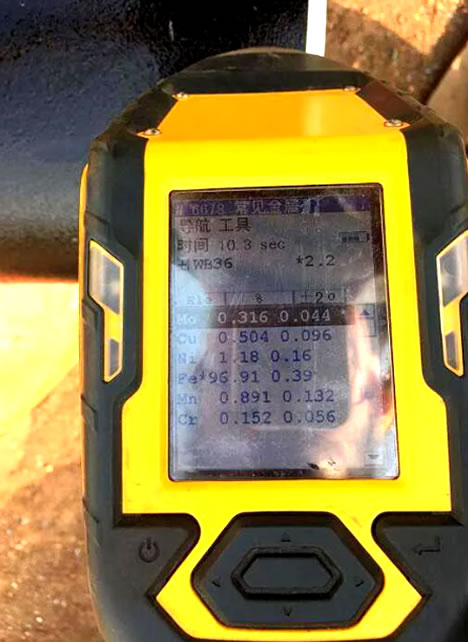
WB36 is a bainitic Ni-Cu-Mo steel micro-alloyed with niobium according German standards DIN WB36 . It is also known as 15NiCuMoNb5-6-4 according to EN 10216-2,ASTM A213 T36 and ASTM A335 P36.
WB36 alloy pipe is produced using various manufacturing processes such as hot-finished or cold-finished, depending on the desired size and application requirements. The pipes are then subjected to various tests such as flattening test, hydrostatic test or nondestructive electric test to ensure they meet the specified requirements.
WB36 seamless steel pipe (or 15NiCuMoNb5) was first developed by the German Mannesmann Company.Because of it’s high strength characteristic, WB36 pipe can be used for high pressure pipeline of temperature up to 500 ℃, or high thermal power unit parameters, such as supercritical unit of boiler steam drum, steam separator, header, steam generator, steam pipe, and high temperature or high pressure waterwoks of nuclear power equipment.
It is also known as 15NiCuMoNb5-6-4 according to EN 10216-2,ASTM A213 T36 and ASTM A335 P36.
WB36, also known as 15NiCuMoNb5, is a low-alloy, high-strength steel with a unique combination of elements that contribute to its superior performance under demanding conditions. The steel's composition includes aluminum, carbon, chromium, copper, manganese, molybdenum, nickel, niobium, phosphorus, sulfur, and silicon, each playing a vital role in enhancing the alloy's attributes.
The production of WB36 alloy steel pipes involves a meticulous process that ensures the desired 微观 structure and mechanical properties. Starting from the selection of high-quality raw materials to advanced heat treatment techniques, every step is carefully controlled to achieve uniformity and consistency in the final product.
WB36 alloy steel is known for its good weldability. The welding process is carefully designed to prevent defects such as hot cracking and cold cracking. Preheating to temperatures between 150-200°C is common practice, followed by post-weld heat treatment at 590-610°C to relieve residual stresses and ensure ductility in the heat-affected zone.
The versatility of WB36 alloy steel pipes extends to applications requiring high strength and resistance to corrosion. They are extensively used in:
Rigorous quality control measures are implemented throughout the manufacturing and supply chain of WB36 alloy steel pipes. Non-destructive testing methods such as ultrasonic testing, magnetic particle inspection, and radiographic testing are employed to ensure the integrity and defect-free nature of the pipes.
Our WB36 steel pipes are available in various sizes and specifications, catering to high-pressure and high-temperature applications. WB36 steel is known for its excellent creep resistance and high-temperature strength, making it an ideal choice for power plants and chemical industries.
The range of WB36 pipe sizes that may be examined by each method shall be subjected to the limitations in the scope of the respective practice.
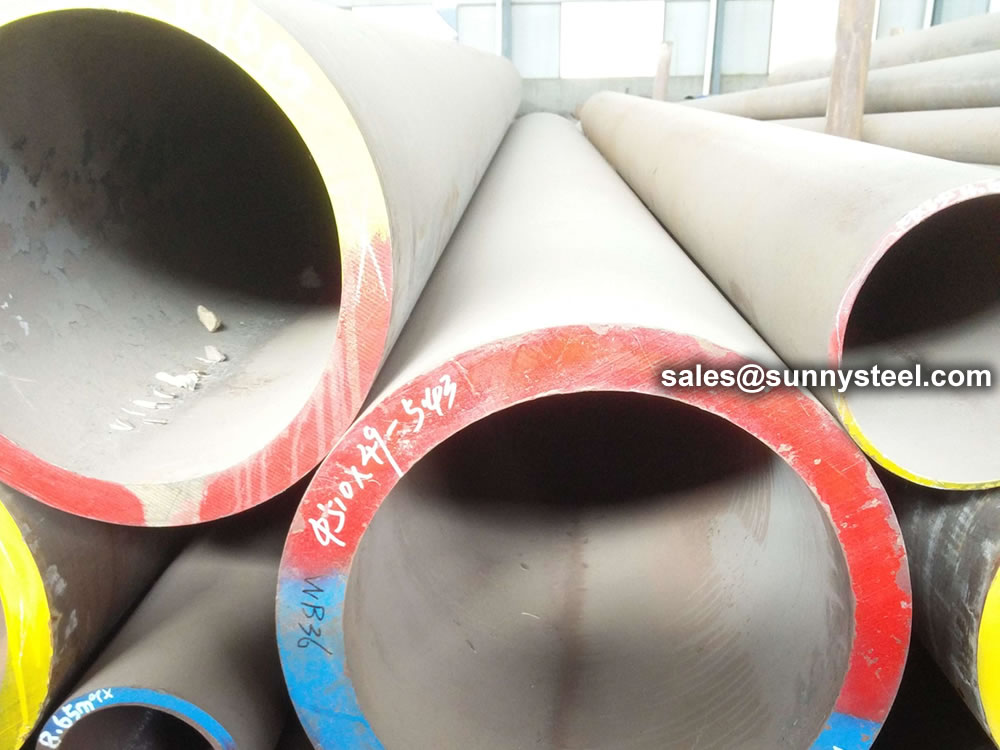
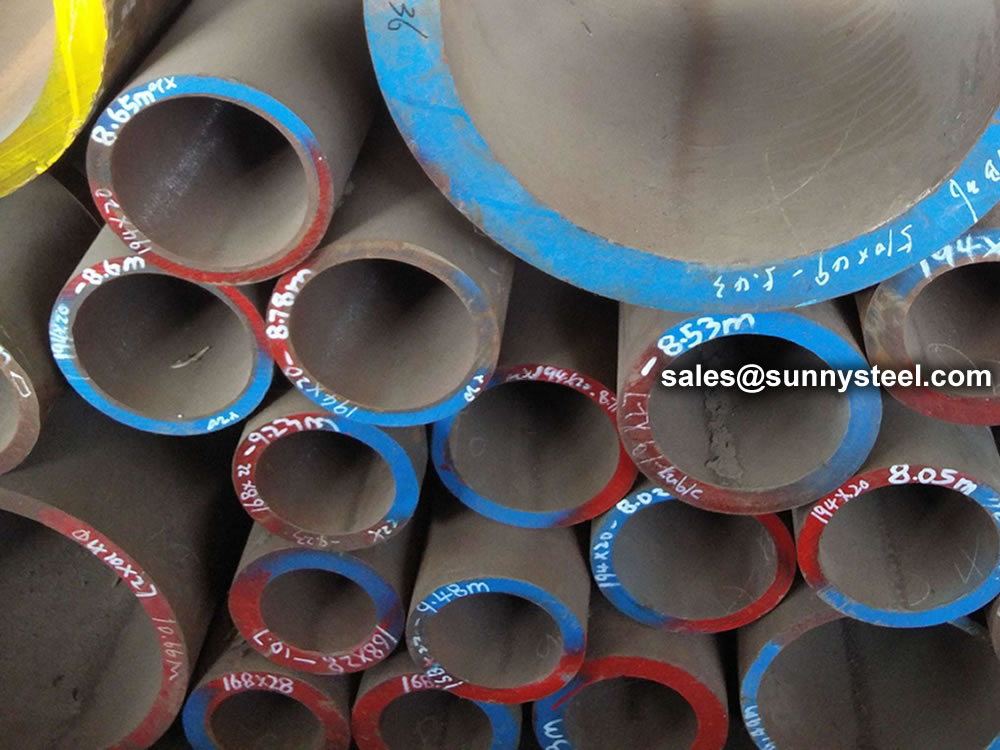
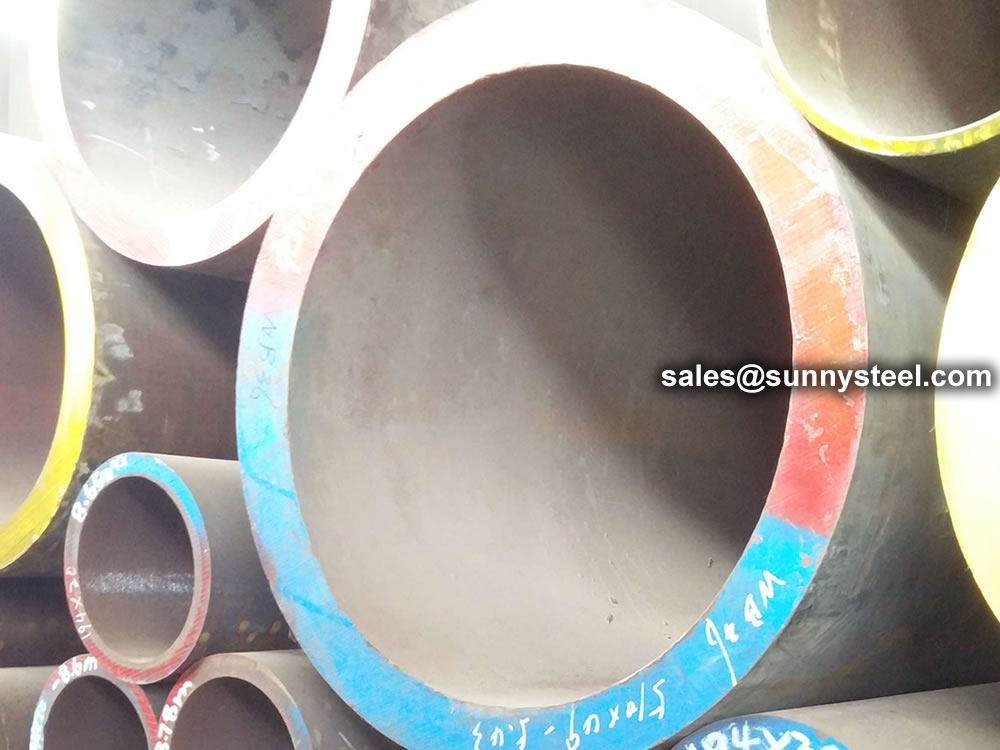
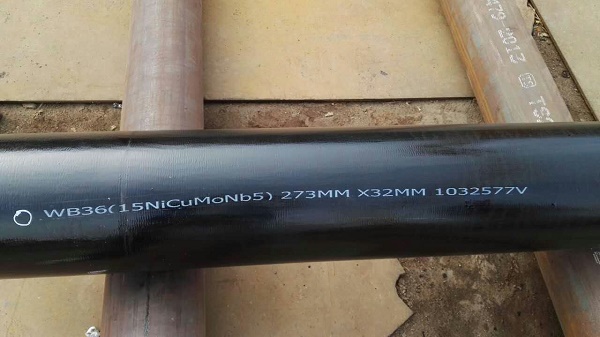
15NiCuMoNb5 is a high-temperature alloy steel that is used to make: Boiler tubes, Heat exchangers, Pressure vessels.
WB36 alloy steel pipes are renowned for their exceptional mechanical properties and welding characteristics, making them a preferred choice for various high-pressure and high-temperature applications in the power generation and petrochemical industries. This comprehensive review delves into the composition, manufacturing process, welding techniques, and applications of WB36 alloy steel pipes.
15NiCuMoNb5 is also known as: WB36, 1.6368, A335 P36, Diwa373.
15NiCuMoNb5 is a high-temperature alloy steel that is commonly used for manufacturing boiler tubes, heat exchangers, and pressure vessels. It is also known as P36 steel in some industries.
15NiCuMoNb5 belongs to the group of low-alloy steels, which means that it contains small amounts of additional alloying elements such as molybdenum, nickel, and copper. These elements improve the mechanical properties of the steel at high temperatures, increasing its resistance to corrosion, oxidation, and deformation.
The mechanical properties of 15NiCuMoNb5 depend on factors such as the heat treatment, processing conditions, and the specific requirements of the application. In general, however, this material has high strength and excellent creep resistance at elevated temperatures.
Overall, 15NiCuMoNb5 is a high-performance alloy steel that is commonly used in critical applications where high-temperature performance and corrosion resistance are required.
15NiCuMoNb5 pipe chemical composition and Mechanical property are shown as figure below:
Material |
WB36 |
|---|---|
C |
≤0.17 |
N |
≤0.020 |
Cr |
≤0.30 |
P |
≤ 0.025 |
S |
≤0.01 |
Mn |
0.80~1.20 |
Mo |
0.25~0.50 |
Ni |
1.00~1.30 |
Cu |
0.50~0.80 |
Si |
0.25~0.50 |
Nb |
0.015~0.045 |
| Yield strength( Mpa) at RT - 350℃ | Ultimate tensile strength Mpa |
Uniform elongation A₅ (%) |
|---|---|---|
| 430 353 | 610-760 | ≥16 |
| Cargo space | Outer diameter(mm) | Wall thickness(mm) | Length | Steel grade | Quantity (pc) | Weight |
|---|---|---|---|---|---|---|
| H0910 | 299 | 34 | 12.1 | 15NiCuMoNb5-6-4(WB36) | 1 | 2.688 |
| H0509 | 299 | 36 | 9 | 15Ni1MnMoNbCu(WB36) | 1 | 2.1 |
| H0910 | 323.8 | 10.31 | 6.4 | 15NiCuMoNb5-6-4(WB36) | 1 | 0.51 |
| H0509 | 324 | 64 | 9.56 | 15NiCuMoNb5-6-4(WB36) | 1 | 3.923 |
| H0509 | 356 | 50 | 5 | 15Ni1MnMoNbCu(WB36) | 1 | 1.89 |
| H0509 | 368.3 | 34 | 4.5 | 15NiCuMoNb5-6-4(WB36) | 1 | 1.261 |
| H0509 | 406 | 45 | 9.3 | 15NiCuMoNb5-6-4(WB36) | 2 | 7.452 |
| H0509 | 406 | 40 | 4.91 | 15NiCuMoNb5-6-4(WB36) | 1 | 1.773 |
| H0509 | 406 | 40 | 6.78 | 15NiCuMoNb5-6-4(WB36) | 1 | 2.448 |
| H0509 | 406 | 40 | 8.4 | 15NiCuMoNb5-6-4(WB36) | 1 | 3.033 |
| H0509 | 406 | 40 | 9.38 | 15NiCuMoNb5-6-4(WB36) | 1 | 3.386 |
| H0509 | 406 | 26 | 7.03 | 15NiCuMoNb5-6-4(WB36) | 1 | 1.713 |
| H0509 | 406.4 | 45 | 9 | 15Ni1MnMoNbCu(WB36) | 1 | 3.61 |
| H0509 | 426 | 35 | 5.44 | 15NiCuMoNb5-6-4(WB36) | 1 | 1.836 |
| H0509 | 426 | 35 | 6.99 | 15NiCuMoNb5-6-4(WB36) | 1 | 2.359 |
| H0509 | 426 | 35 | 7.68 | 15NiCuMoNb5-6-4(WB36) | 1 | 2.592 |
| H0509 | 426 | 35 | 8.12 | 15NiCuMoNb5-6-4(WB36) | 1 | 2.74 |
| H0509 | 426 | 35 | 8.16 | 15NiCuMoNb5-6-4(WB36) | 1 | 2.754 |
| H0509 | 426 | 35 | 6.27 | 15NiCuMoNb5-6-4(WB36) | 1 | 2.116 |
| H0509 | 426 | 35 | 8.18 | 15NiCuMoNb5-6-4(WB36) | 1 | 2.761 |
| H0509 | 426 | 35 | 8.19 | 15NiCuMoNb5-6-4(WB36) | 1 | 2.764 |
| H0509 | 426 | 35 | 8.2 | 15NiCuMoNb5-6-4(WB36) | 2 | 5.534 |
| H0509 | 426 | 35 | 8.21 | 15NiCuMoNb5-6-4(WB36) | 1 | 2.771 |
| H0509 | 426 | 35 | 8.23 | 15NiCuMoNb5-6-4(WB36) | 1 | 2.777 |
| H0509 | 450 | 55 | 7.5 | 15NiCuMoNb5-6-4(WB36) | 1 | 4.018 |
| H0509 | 457 | 70 | 6.77 | 15NiCuMoNb5-6-4(WB36) | 1 | 4.523 |
| H0509 | 508 | 85 | 8.4 | 15NiCuMoNb5-6-4(WB36) | 1 | 7.5 |
| H0509 | 508 | 85 | 8.8 | 15NiCuMoNb5-6-4(WB36) | 1 | 7.8 |
| H0509 | 508 | 55 | 6 | 15Ni1MnMoNbCu(WB36) | 1 | 3.705 |
| H0509 | 508 | 60 | 6 | 15Ni1MnMoNbCu(WB36) | 1 | 3.997 |
| H0509 | 559 | 80 | 6.98 | 15NiCuMoNb5-6-4(WB36) | 1 | 6.596 |
| H0509 | 559 | 80 | 8.35 | 15NiCuMoNb5-6-4(WB36) | 1 | 7.891 |
| H0509 | 559 | 80 | 9.47 | 15NiCuMoNb5-6-4(WB36) | 1 | 8.949 |
| H0509 | 559 | 80 | 9.87 | 15NiCuMoNb5-6-4(WB36) | 1 | 9.327 |
| H0509 | 559 | 60 | 9.48 | 15NiCuMoNb5-6-4(WB36) | 1 | 6.999 |
| H0509 | 600 | 65 | 4.63 | 15NiCuMoNb5-6-4(WB36) | 1 | 3.97 |
| H0509 | 610 | 85 | 8.3 | 15NiCuMoNb5-6-4(WB36) | 1 | 9.13 |
| H0509 | 610 | 85 | 8.85 | 15NiCuMoNb5-6-4(WB36) | 1 | 9.74 |
| H0509 | 610 | 90 | 8.52 | 15NiCuMoNb5-6-4(WB36) | 1 | 9.833 |
| H0509 | 610 | 70 | 8.14 | 15NiCuMoNb5-6-4(WB36) | 1 | 7.588 |
| H0509 | 610 | 65 | 6.02 | 15NiCuMoNb5-6-4(WB36) | 1 | 5.259 |
| H0509 | 610 | 65 | 8.77 | 15NiCuMoNb5-6-4(WB36) | 1 | 7.661 |
| H0509 | 610 | 70 | 5 | 15Ni1MnMoNbCu(WB36) | 1 | 4.61 |
| H0509 | 610 | 65 | 5 | 15Ni1MnMoNbCu(WB36) | 1 | 4.388 |
| H0509 | 620 | 80 | 5.76 | 15NiCuMoNb5-6-4(WB36) | 1 | 6.136 |
| H0509 | 625 | 73 | 5.73 | 15NiCuMoNb5-6-4(WB36) | 1 | 5.694 |
| H0509 | 625 | 73 | 5.74 | 15NiCuMoNb5-6-4(WB36) | 2 | 11.408 |
| H0509 | 625 | 73 | 5.75 | 15NiCuMoNb5-6-4(WB36) | 5 | 28.57 |
| H0509 | 625 | 73 | 5.76 | 15NiCuMoNb5-6-4(WB36) | 1 | 5.724 |
| H0509 | 660 | 82 | 8.39 | 15NiCuMoNb5-6-4(WB36) | 1 | 9.806 |
| H0509 | 690 | 86 | 7.6 | 15NiCuMoNb5-6-4(WB36) | 1 | 7.69 |
| H0509 | 690 | 86 | 6.2 | 15NiCuMoNb5-6-4(WB36) | 1 | 7.94 |
| H0509 | 690 | 86 | 7.43 | 15NiCuMoNb5-6-4(WB36) | 1 | 9.517 |
| H0509 | 690 | 86 | 7.82 | 15NiCuMoNb5-6-4(WB36) | 1 | 9.917 |
| H0509 | 690 | 86 | 8.92 | 15NiCuMoNb5-6-4(WB36) | 1 | 11.426 |
| H0509 | 690 | 86 | 9.3 | 15NiCuMoNb5-6-4(WB36) | 1 | 11.913 |
| H0409 | 711 | 80 | 9 | 15Ni1MnMoNbCu(WB36) | 1 | 11.2 |
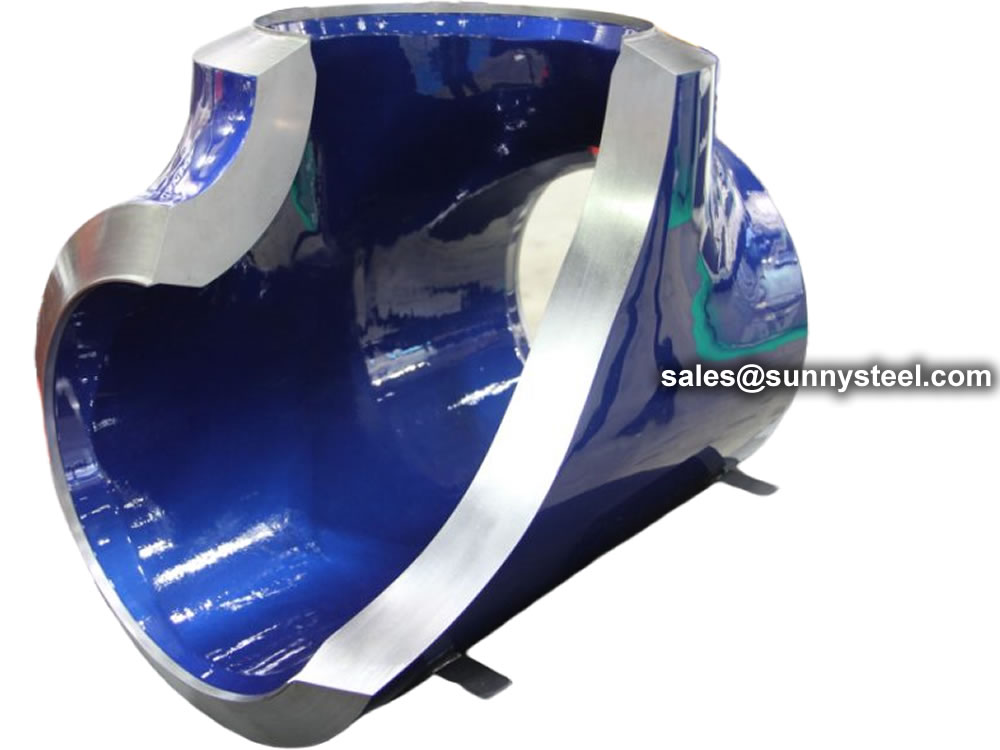
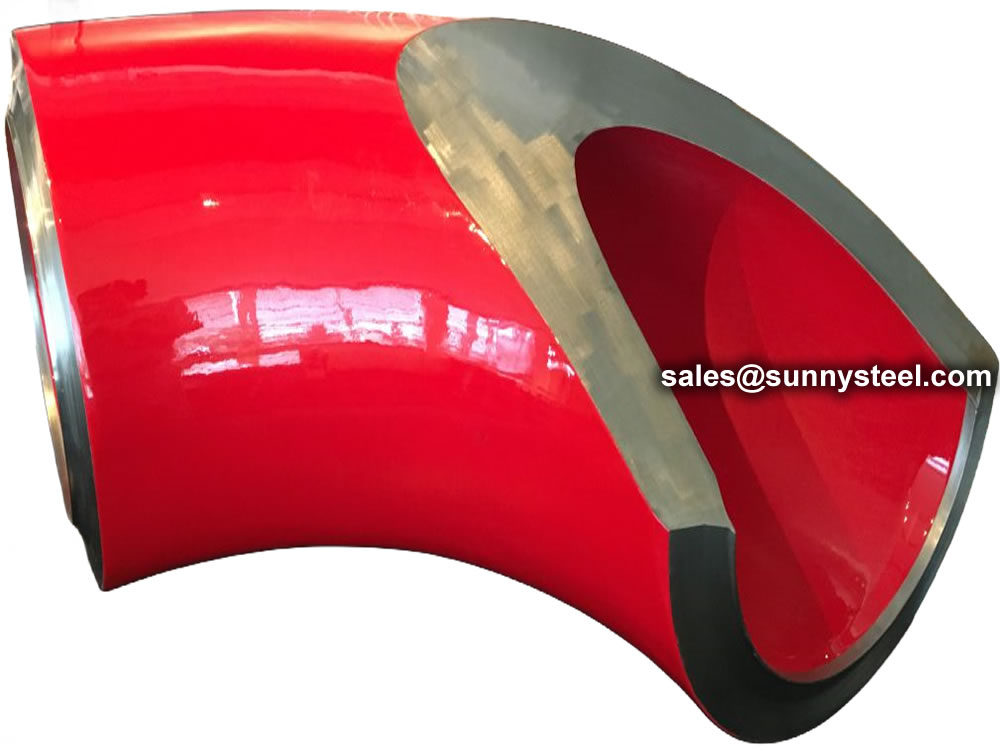
WB36 is a material characterized by fine-grain ferritic steel with the addition of 0.5% to 0.8% copper, which is precipitated to achieve high strength and high toughness.
According to data from material manufacturers, it has been reported that within a temperature range of up to 600°C, it exhibits strength equivalent to that of STPA28, a common Japanese steel, and it is known to have nearly twice the strength of conventional carbon steels.
This grade is mainly used in high-pressure, medium-temperature feedwater lines (close to 400 °C).
WB36 exhibits excellent high-strength properties up to 450 °C. The reduced weight of the feedwater piping components compared with conventional carbon steel allows improved resistance to thermal fatigue and very good heat transfer.
Delivery status
The steel tubes shall be delivered in a heat treated condition.
Length: 5800mm; 6000mm; 6096mm; 7315mm; 11800mm; 12000mm; and so on.
Max length: 16000mm, also U bending can be offered.
Note:
This inventory is part of the inventory, demand and other models in stock or order materials, please contact us.
The 15NiCuMoNb5-6-4 alloy seamless steel pipe is a high-performance material designed for high-pressure boiler applications. This steel grade is known for its excellent mechanical properties and high resistance to thermal and mechanical stress.



Domestic Equivalent (China): 15Ni1MnMoNbCu (GB/T 5310)
American Standard Equivalent: T36 and P36 (ASTM A213/A335)
When considering substituting 15NiCuMoNb5-6-4 with materials like 15Ni1MnMoNbCu or T36/P36, it's crucial to evaluate the specific requirements of the application and confirm that the substitute material meets all necessary criteria, as they are not completely equivalent.
With years of expertise, we provide a diverse array of steel tube processing options. From sawing and machining tube blanks to intricate bending and upsetting operations, we actively assist you throughout your projects.
Our capabilities extend to eccentricity reduction and concentricity enhancement through turning and grinding. We excel in creating complex geometries using processes like rotary swaging and axial forming. Additionally, we offer property modifications via partial heat treatment, ensuring tailored solutions for your specific needs.
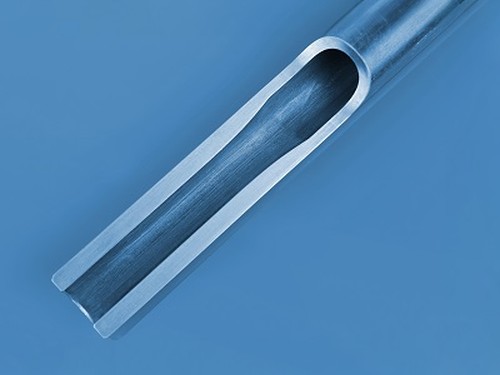
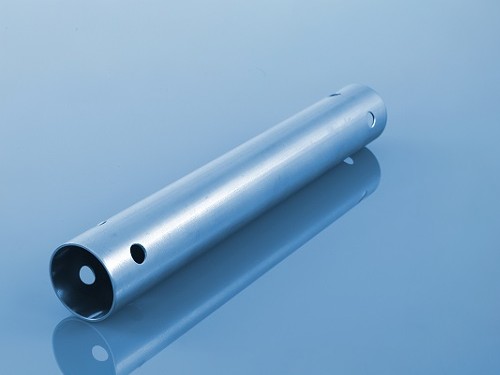
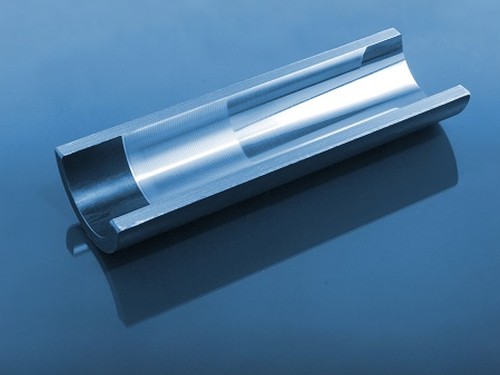
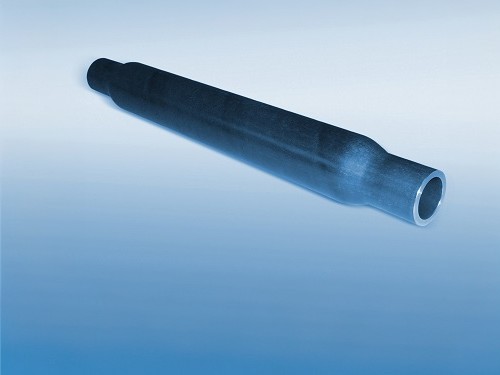

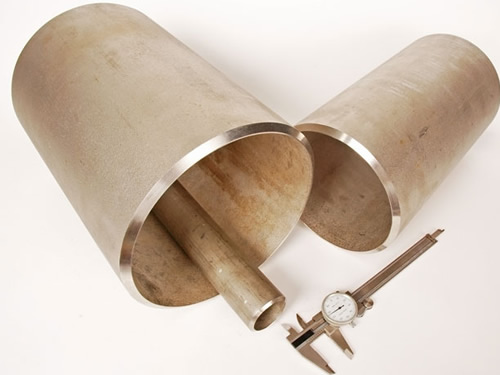
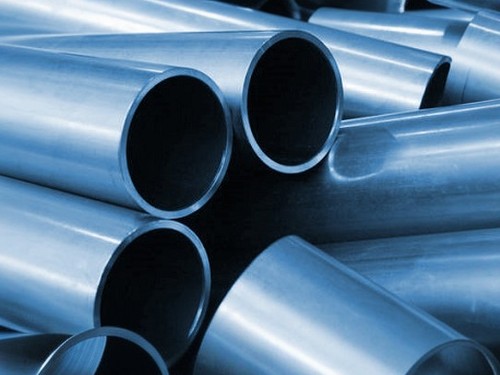
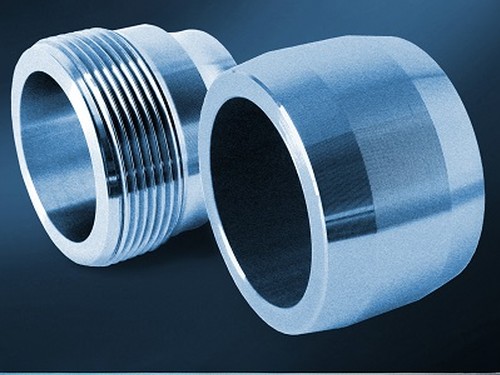
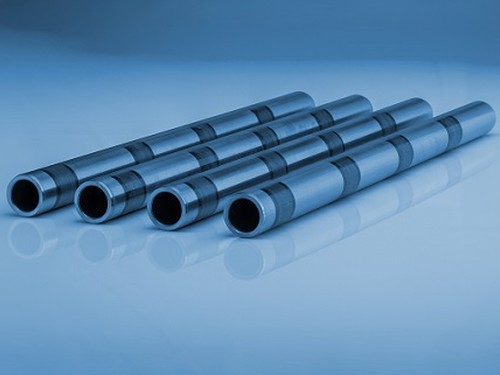
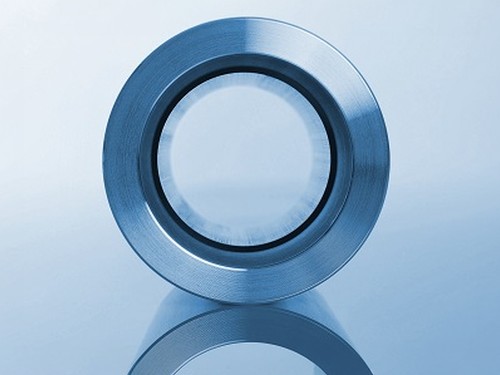
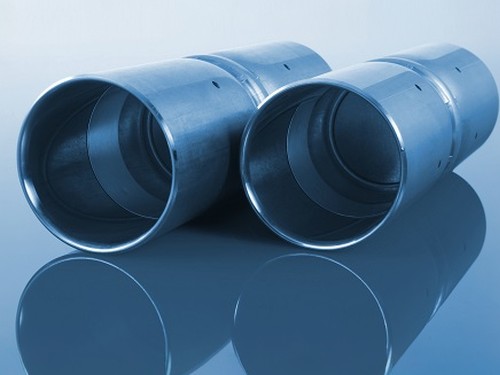


Alloy steel pipes are ideally suitable for chemical, petrochemicals, and other energy-related applications.
The alloy steel pipe adopts high quality carbon steel, alloy structural steel and stainless & heat resisting steel as raw material through hot rolling or cold drawn to be made.
Alloy steel can be used in process area where carbon steel has limitation such as
As an important element of steel products, alloy steel pipe can be divided into seamless steel pipe and welded steel pipe according to the manufacturing technique and tube billet shape.
Here you can see the common alloy steel grade that you will come across.
There are many kinds of materials used for transport in industrial production. Specifically we will have more choices and it is not limited to the use of alloy steel pipe. But even in the face of more choices, many people tend to choose alloy steel pipe. People make their own choices will have their own reasons. This means the alloy steel pipe application has its own advantages. Compared with transmission lines made of other materials, after it meets the basic application requirements, its quantity is lighter. Then in the practical application of alloy steel pipe, it will have more advantages because of this. Besides its physical characteristic advantage, it also has economic advantages. The wide application of alloy steel pipe is with kinds of reasons. So in practical usage, we can exploit the advantages to the full, in this way can we get more profits in these applications of alloy steel pipe.
The transportation of kinds of gases or liquids in production needs to rely on alloy steel pipe. This shows that the actual role of alloy steel pipe application is important. High temperature resistant and low temperature resistant is the tolerance of temperature. In the practical application of alloy steel pipe, there will be many materials need to be transported. However their temperatures are not the same. So this can be the basic requirement to alloy steel pipe. It needs more corrosion resistance. Corrosion resistant material is the best material during transporting, because it is corrosion resistant. So it can be used in more occasions. And it is definitely very convenient for users.
Can be 100% recycled, environmentally friendly, energy-saving, resource conservation, national strategy, national policy to encourage the expansion of the field of application of high-pressure alloy pipe. Of alloy steel pipe total consumption accounted steel in the proportion is only half of the developed countries, to expand the field of use of the alloy steel pipe to provide a wider space for the development of the industry. The future needs of the average annual growth of China’s high-pressure alloy steel pipe long products up to 10-12%.
Alloy Steel pipe contains substantial quantities of elements other than carbon such as nickel, chromium, silicon, manganese, tungsten, molybdenum, vanadium and limited amounts of other commonly accepted elements such as manganese, sulfur, silicon, and phosphorous.
Our team of experienced sales specialists proudly partners with gas and chemical processors, power generation plants, oil refineries, and related industries to offer piping components and value-added services.
The biggest advantages of alloy steel pipe can be 100% recycled, environmentally friendly, energy-saving, resource conservation, national strategy, national policy to encourage the expansion of the field of application of high-pressure alloy pipe. Of alloy tube total consumption accounted steel in the proportion is only half of the developed countries, to expand the field of use of the alloy tube to provide a wider space for the development of the industry. According to the Chinese Special Steel Association alloy pipe Branch Expert Group, the future needs of the average annual growth of China’s high-pressure alloy pipe long products up to 10-12%.
Chemical composition inspection, mechanical properties test(tensile strength,yield strength, elongation, flaring, flattening, bending, hardness, impact test), surface and dimension test,no-destructive test, hydrostatic test.
identification of the chemical composition of the metal used to manufacture the fitting. Uses PMI sensors, including X-ray fluorescence or optical emission spectrometry.
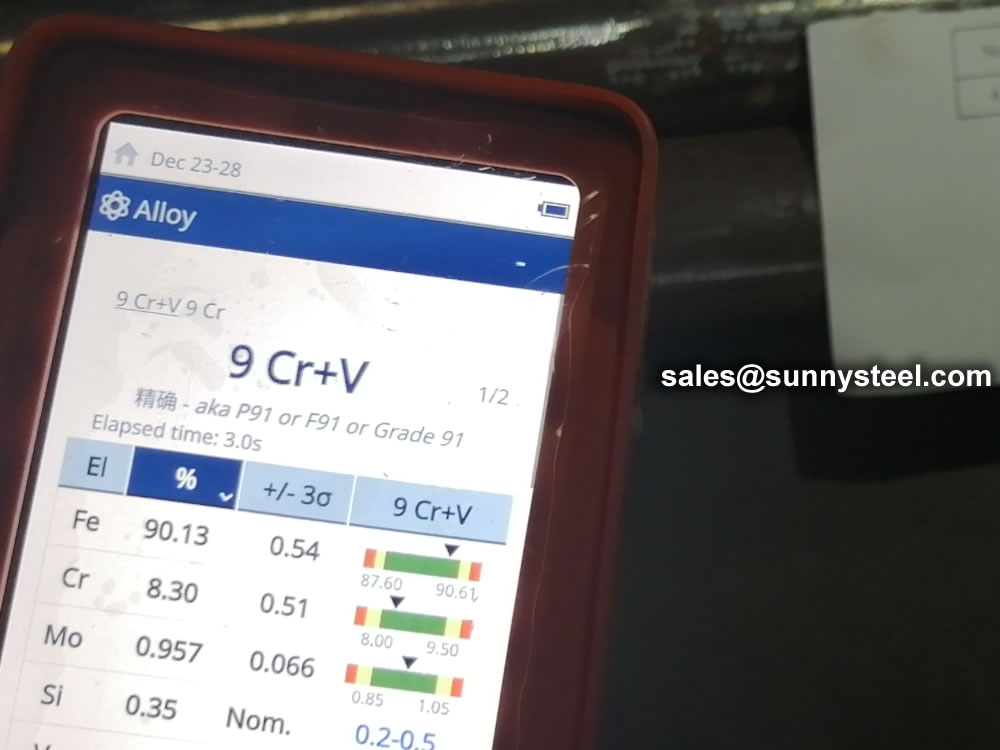
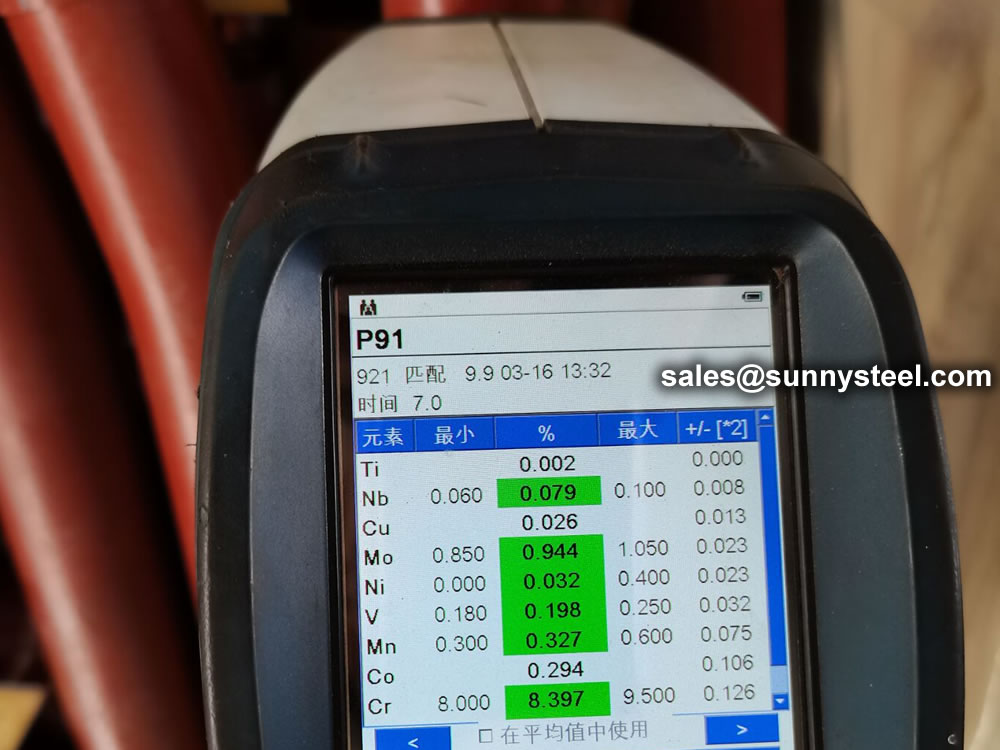
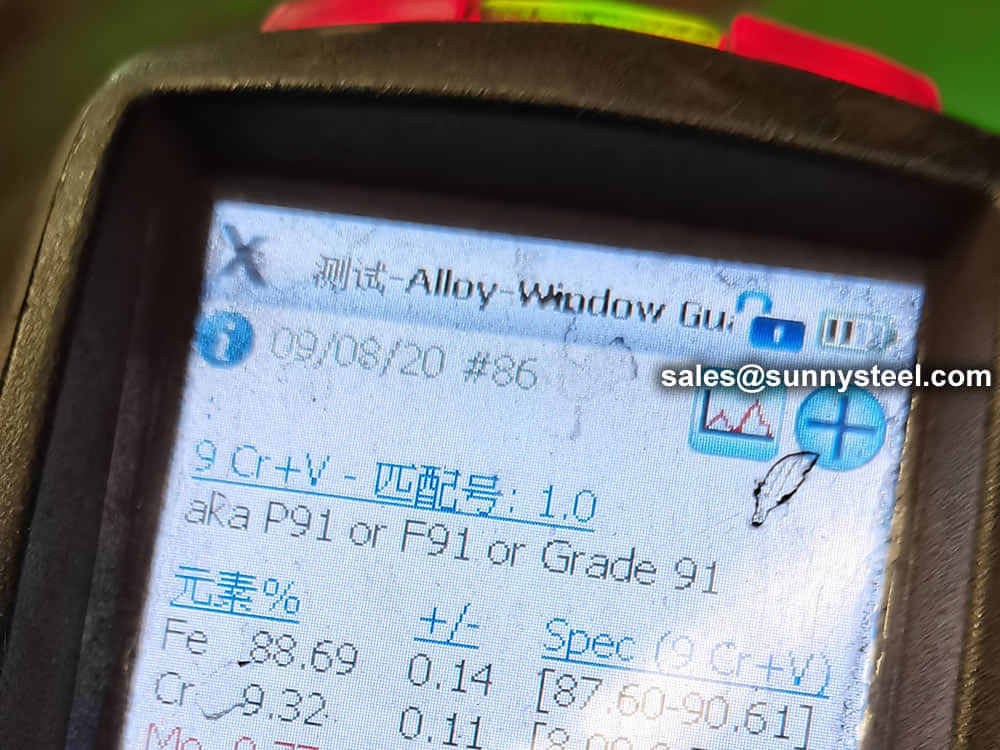
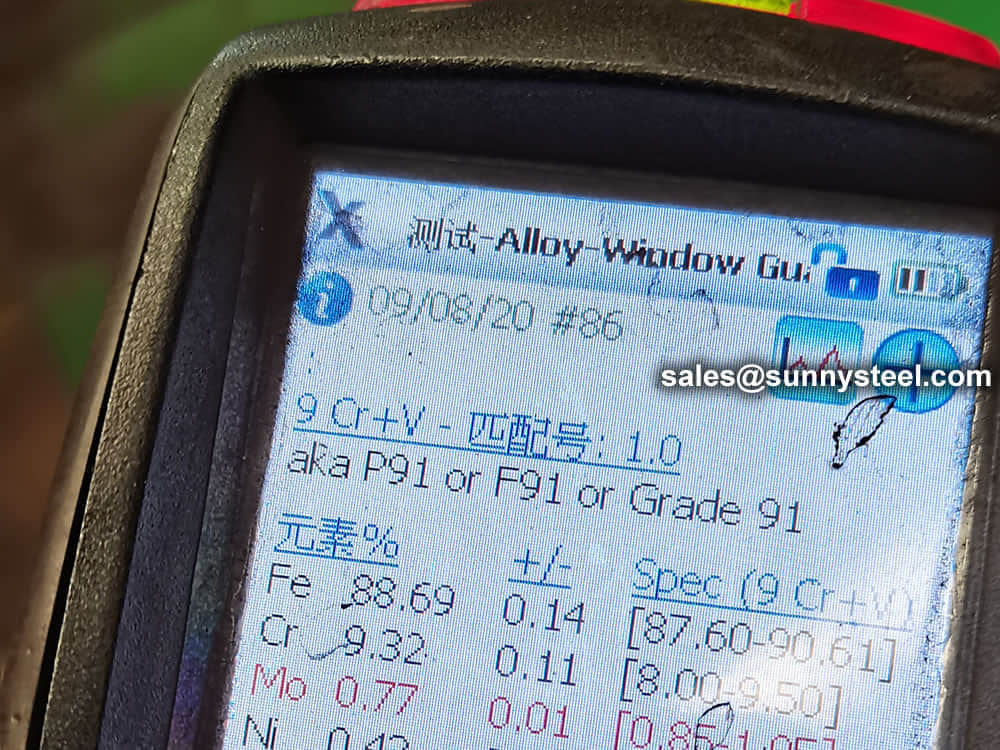
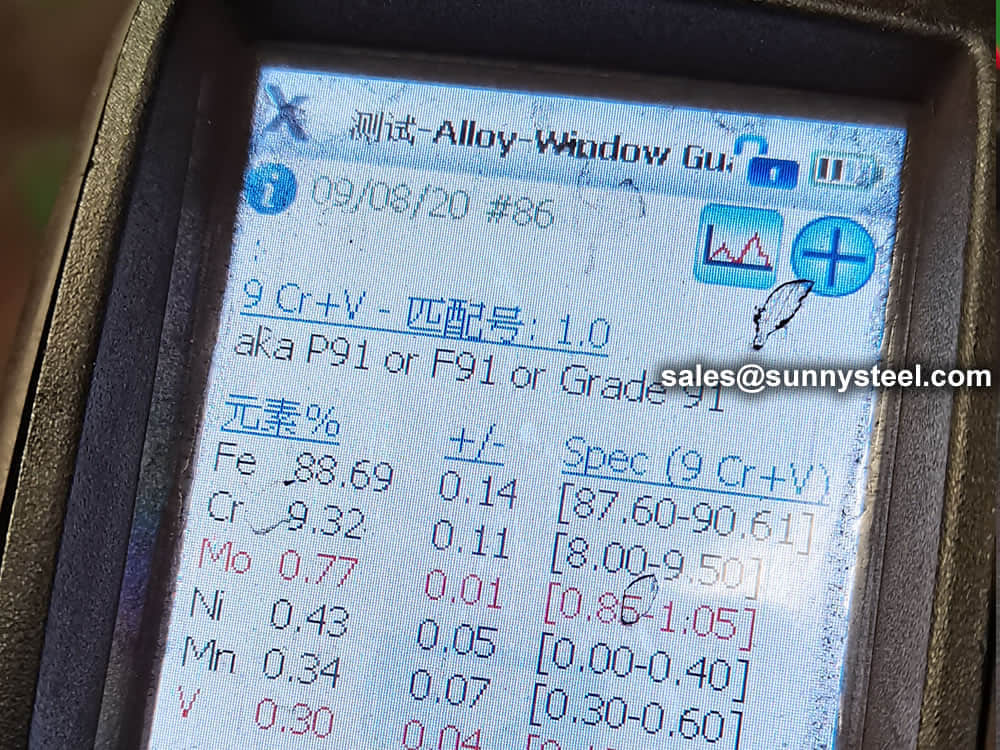

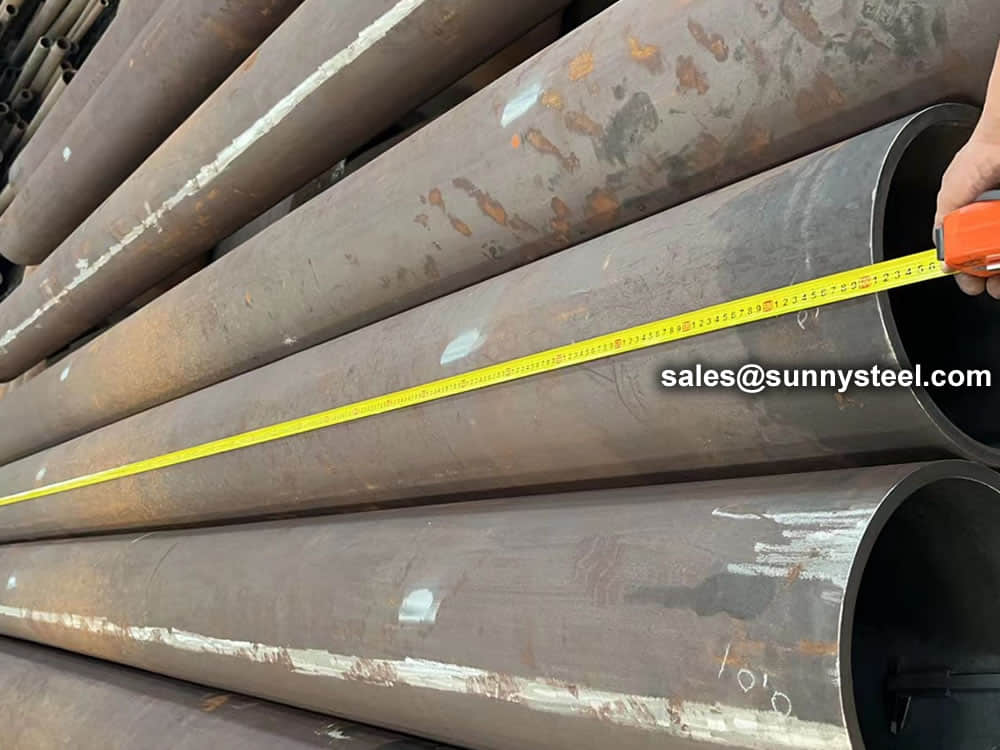
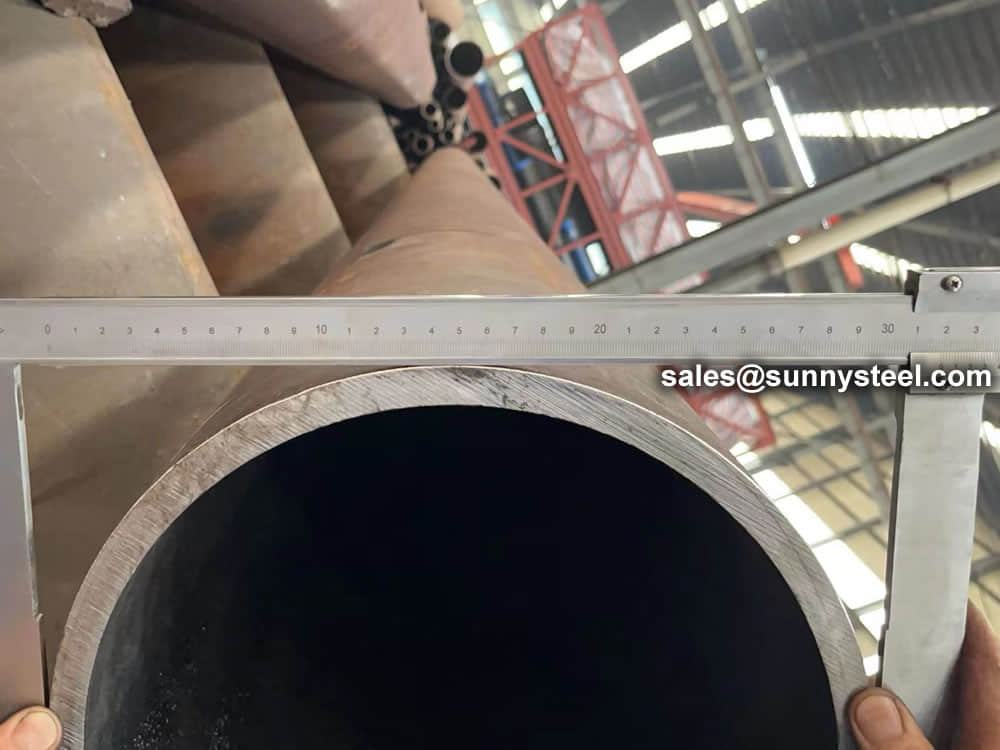
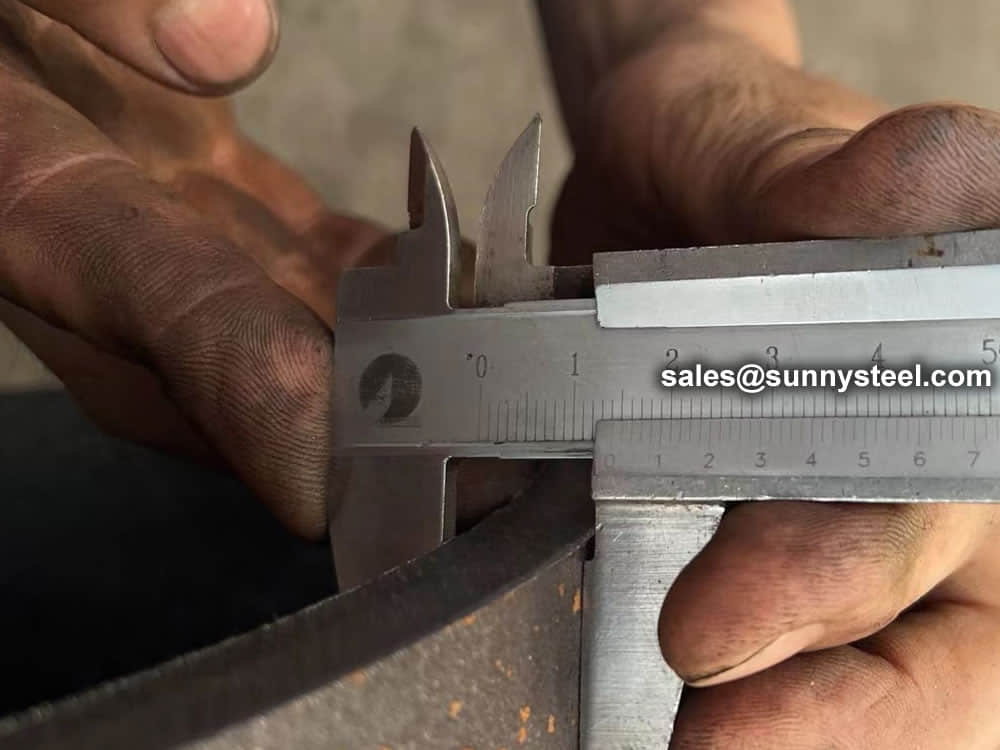
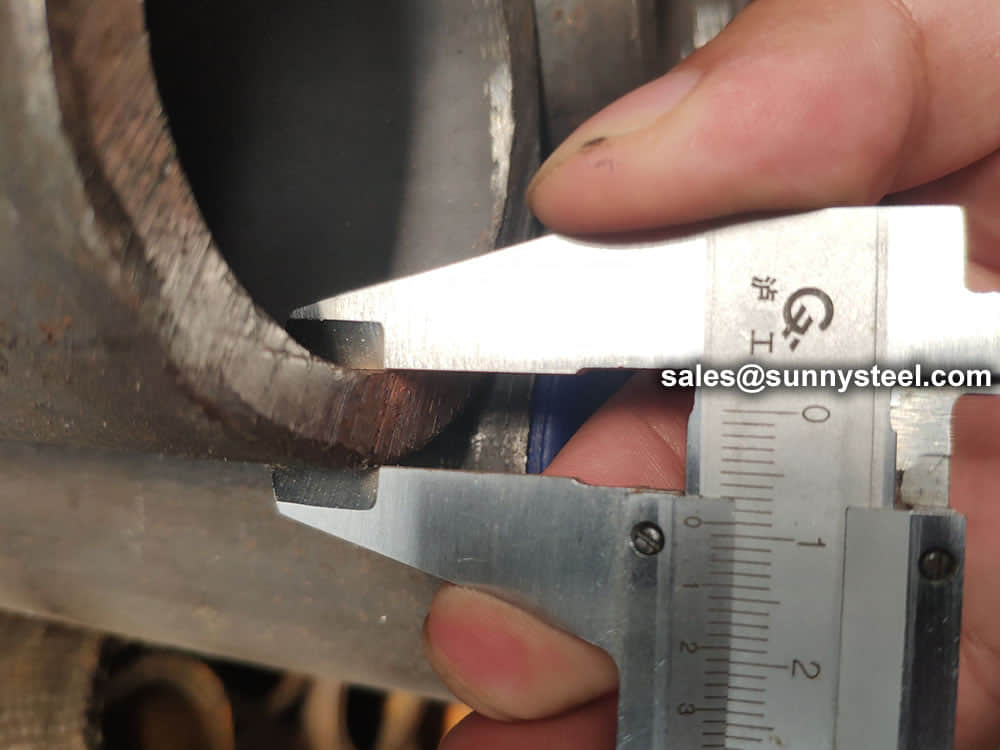
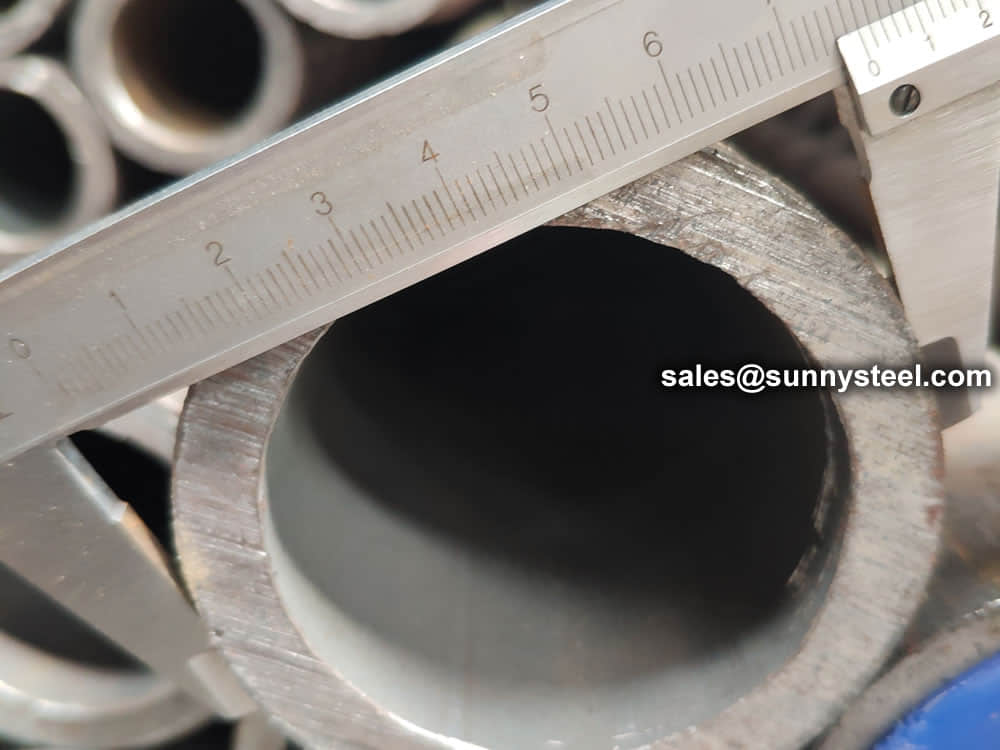
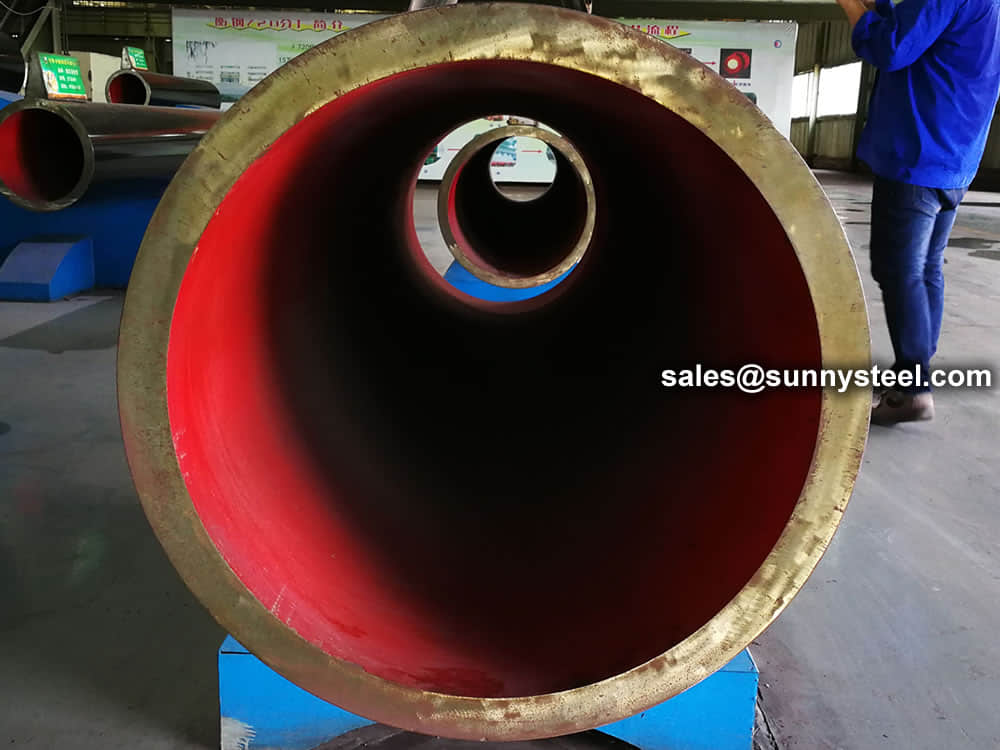
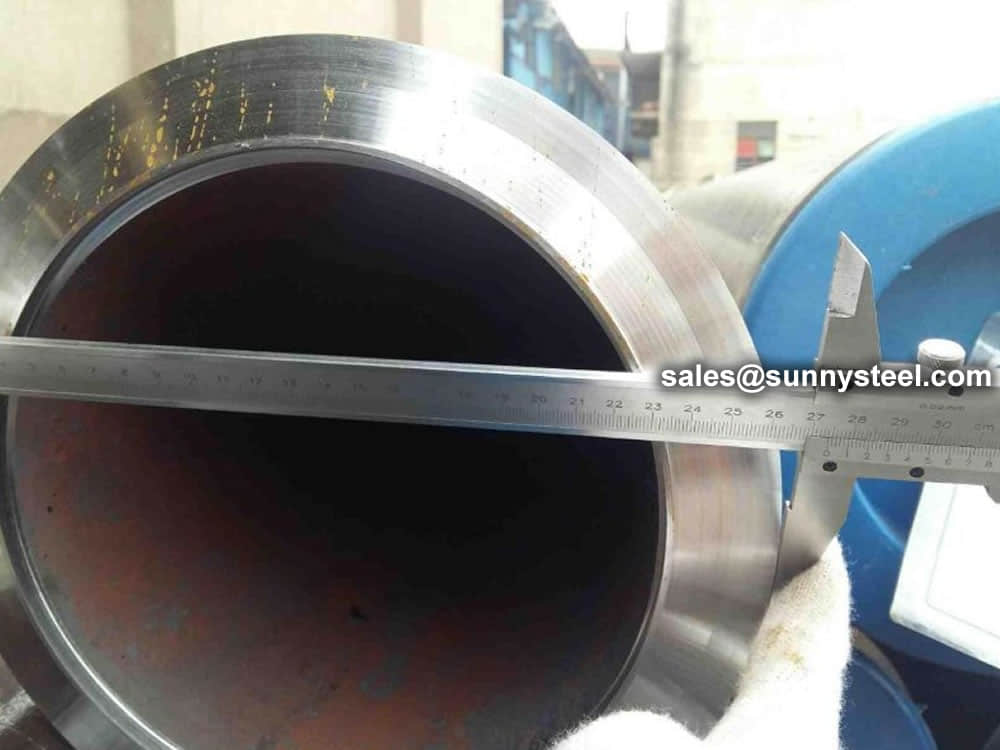
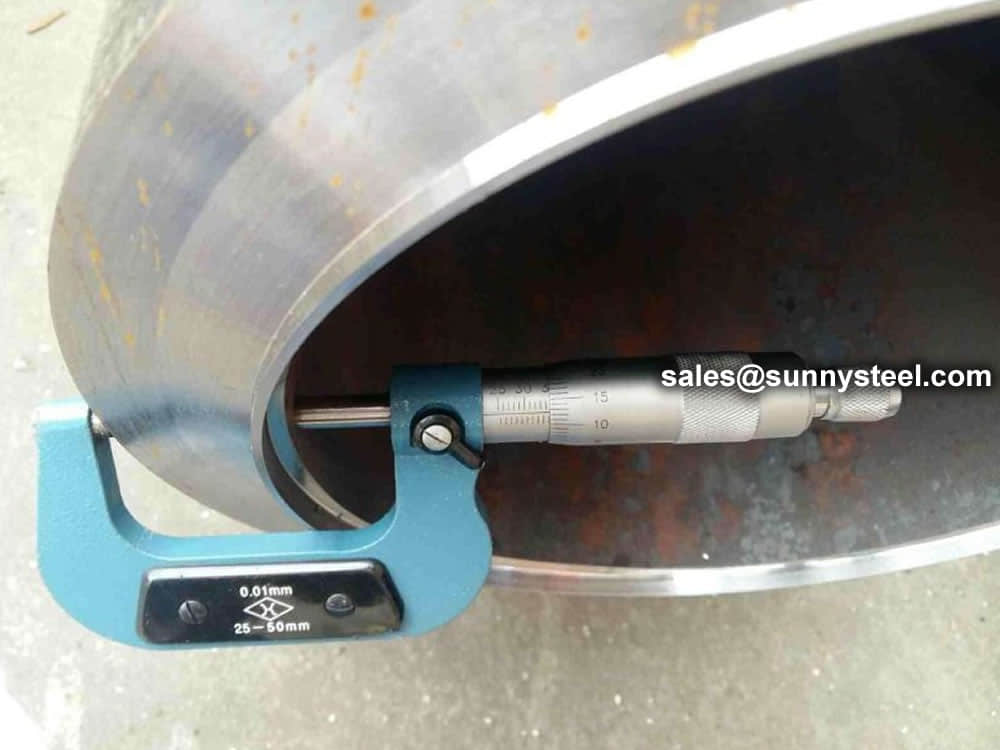
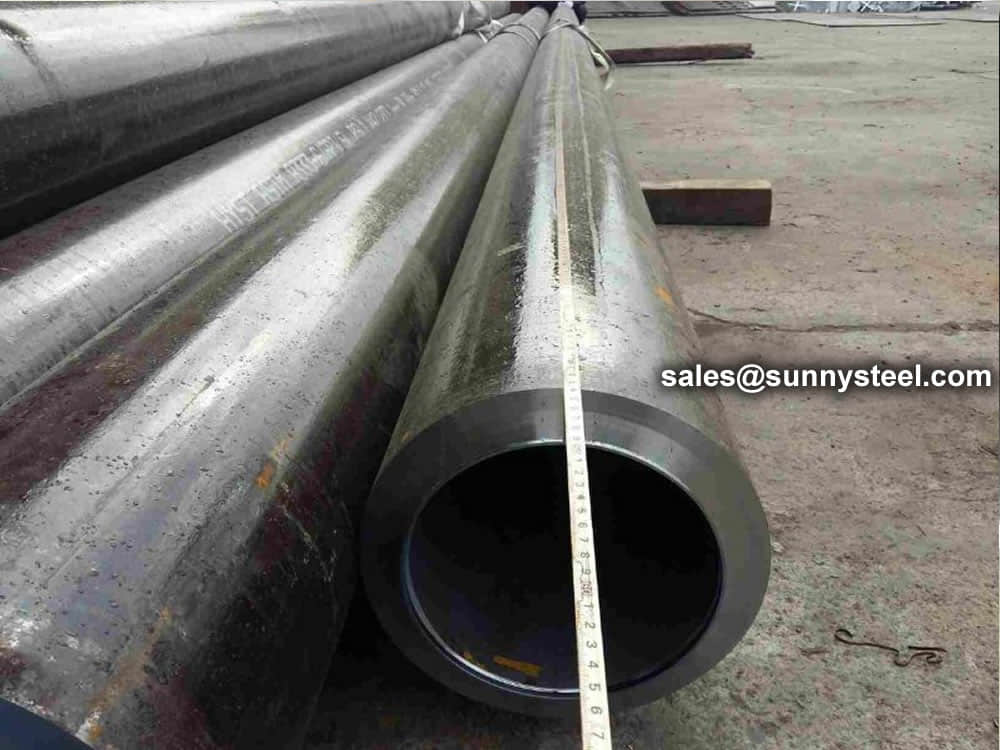
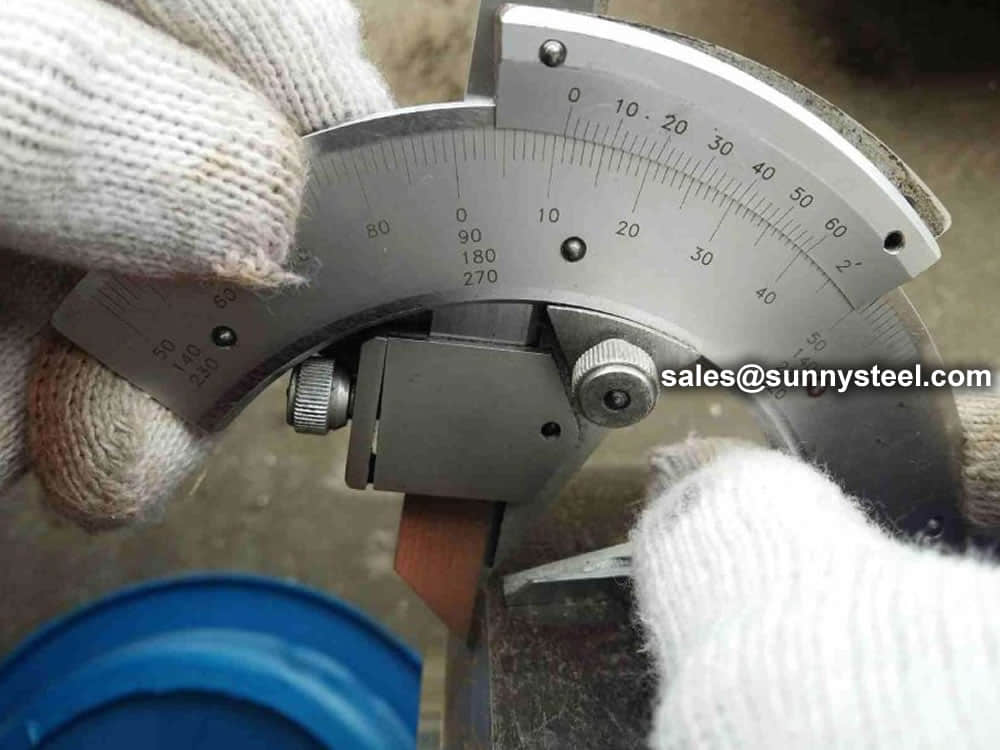
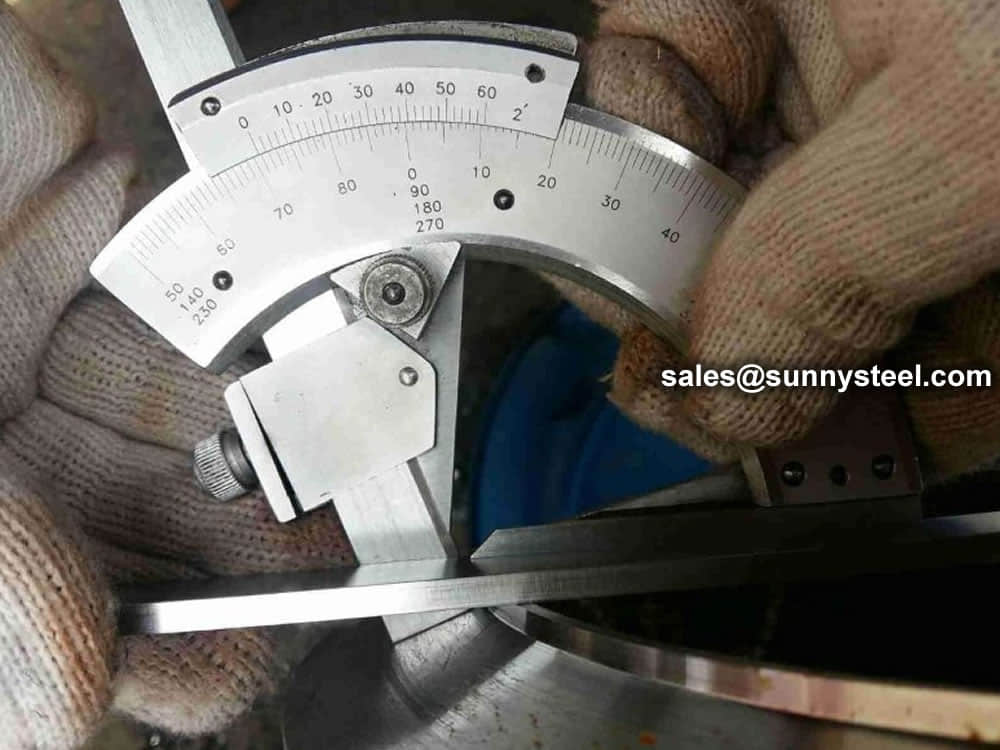
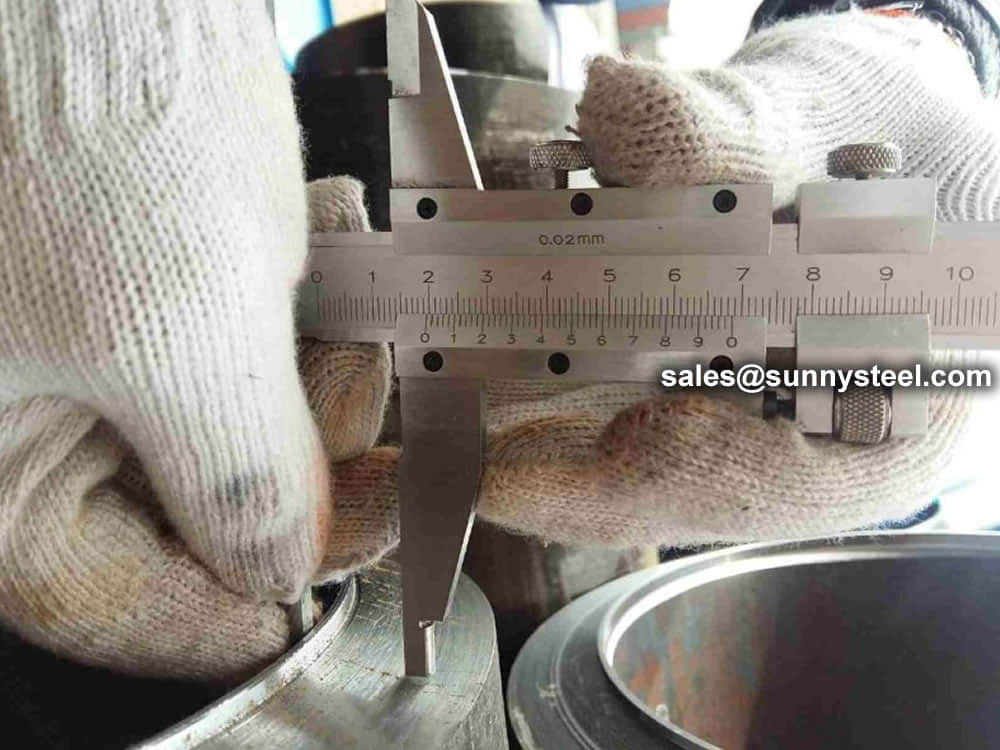
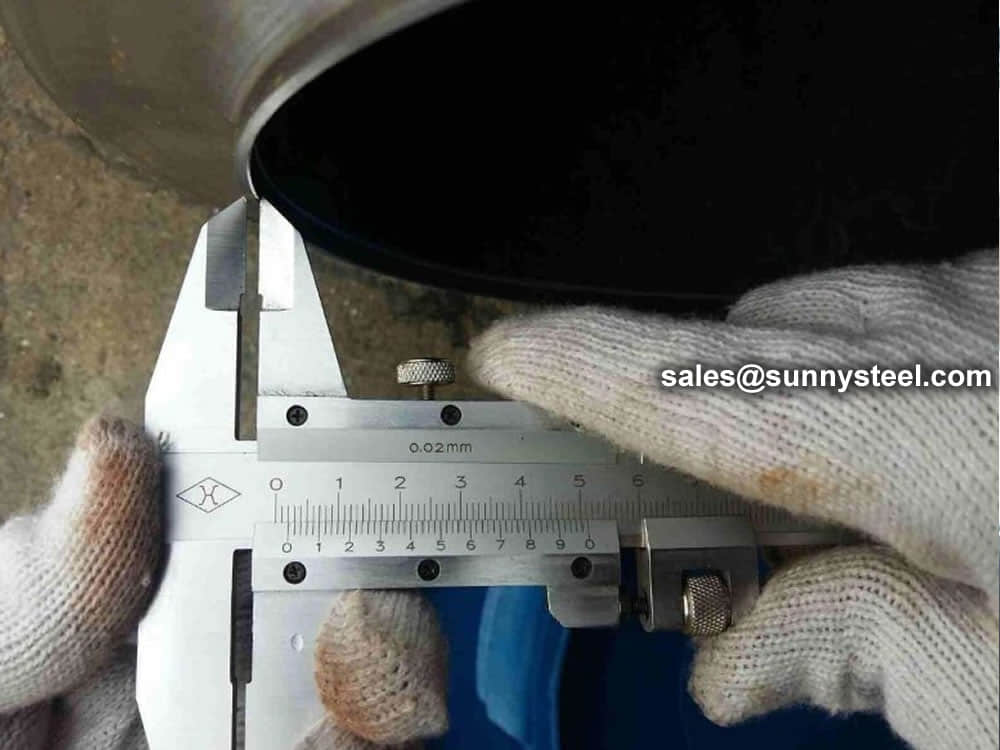
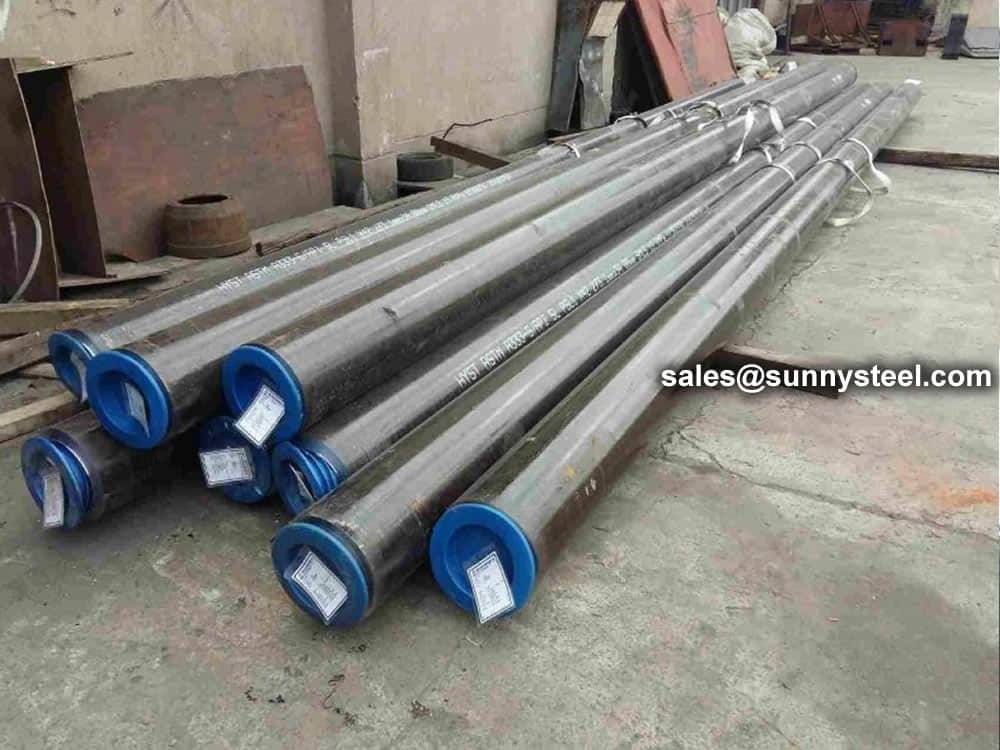
Steel pipe delivery status(condition): cold / hard (BK), cold / soft (BKW), after cold stress relief annealing (BKS), annealing (GBK), normalized (NBK).
| Term | Symbol | Explanation |
|---|---|---|
| Cold-finished/hard (cold-finished as-drawn) | BK | No heat treatment after the last cold-forming process. The tubes therefore have only low deformability. |
| Cold-finished/soft (lightly cold-worked) | BKW | After the last heat treatment there is a light finishing pass (cold drawing) With proper subsequent processing, the tube can be cold-formed (e.g. bent, expanded) within certain limits. |
| Annealed | GBK | After the final cold-forming process the tubes are annealed in a controlled atmosphere or under vacuum. |
| Normalized | NBK | The tubes are annealed above the upper transformation point in a controlled atmosphere or under vacuum. |

The general cold strip mills, volume should go through continuous annealing (CAPL unit) to eliminate cold hardening and rolling stress, or batch annealing reach the mechanical properties of the corresponding standard specifies. Cold rolled steel surface quality, appearance, dimensional accuracy better than hot-rolled plate, and right-rolled thin product thickness is about 0.18mm, so the majority of users favor.
Cold rolled steel coil substrate products deep processing of high value-added products. Such as electro-galvanized, hot dip galvanized, electro-galvanized fingerprint resistant, painted steel roll damping composite steel, PVC laminating steel plates, etc., so that the excellent quality of these products has a beautiful, high resistance to corrosion, has been widely used.
Cold rolled steel coil finishing after annealing, cut the head, tail, trimming, flattening, smooth, heavy volume, or longitudinal clipboard. Cold-rolled products are widely used in automobile manufacturing, household electrical appliances, instruments, switches, buildings, office furniture and other industries. Steel plate strapping package weight of 3 to 5 tons. Flat sub-volume typically 3 to 10 tons / volume. Coil diameter 6m.
Bare packing/bundle packing/crate packing/wooden protection at the both sides of tubes and suitably protected for sea-worthly delivery or as requested.
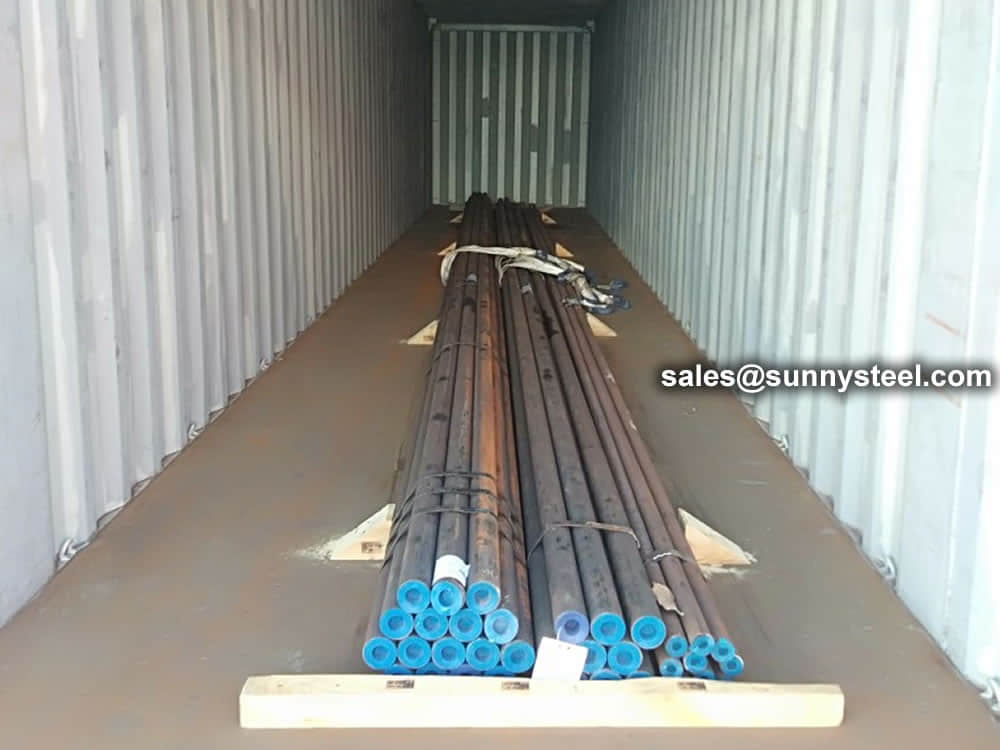
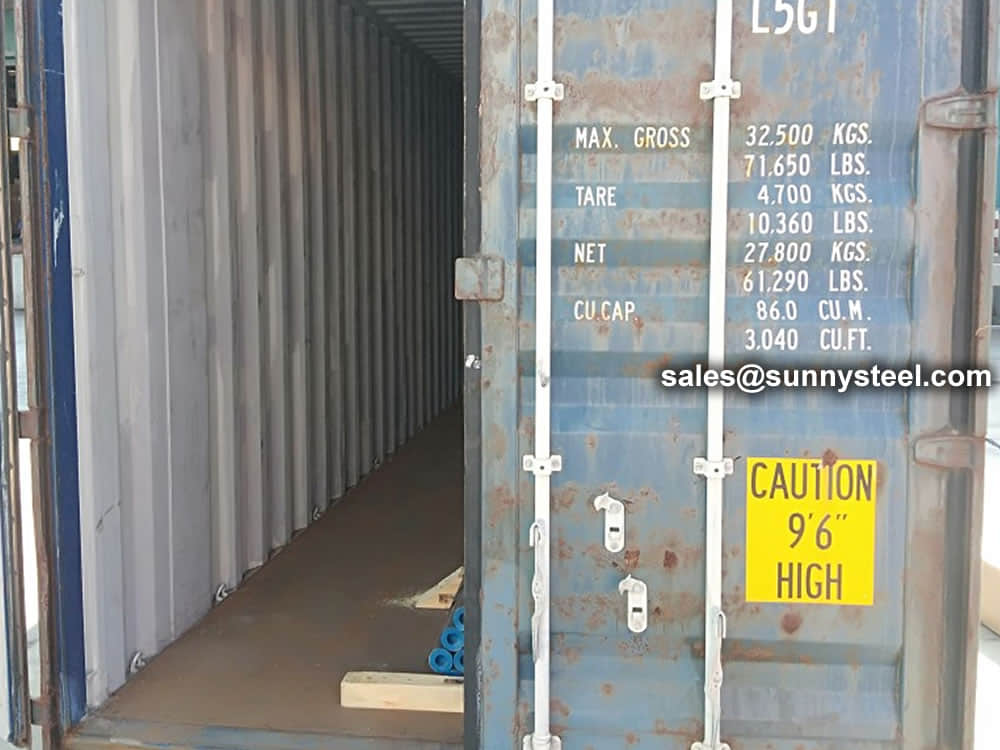
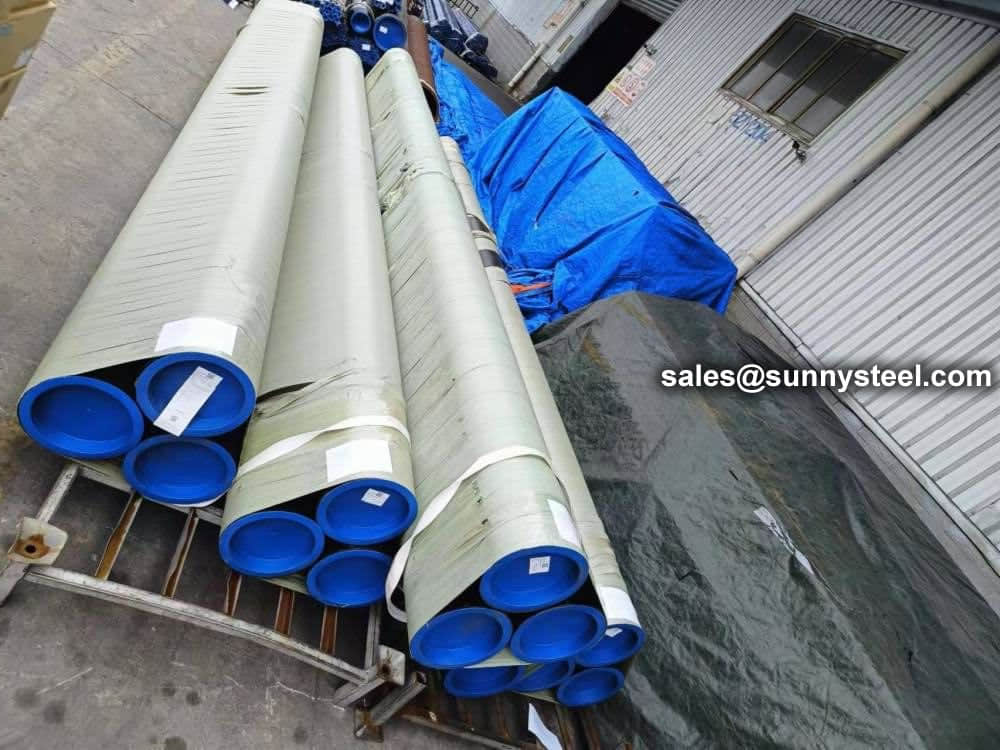









There are probably hundreds of different methods for packing a pipe, and most of them have merit, but there are two principles that are vital for any method to work prevent rusting and Sea transportation security.
Our packing can meet any needs of the customers.
Our team of experienced sales specialists proudly partners with gas and chemical processors, power generation plants, oil refineries, and related industries to offer piping components and value-added services.
Alloy steels are made by combining carbon steel with one or several alloying elements, such as manganese, silicon, nickel, titanium, copper, chromium and aluminum. These metals are added to produce specific properties that are not found in regular carbon steel. The elements are added in varying proportions (or combinations) making the material take on different aspects such as increased hardness, increased corrosion resistance, increased strength, improved formability (ductility); the weldability can also change.
Commonly used alloying elements and their effects are listed in the table given below.
| Alloying Elements | Effect on the Properties |
|---|---|
| Chromium | Increases Resistance to corrosion and oxidation. Increases hardenability and wear resistance. Increases high temperature strength. |
| Nickel | Increases hardenability. Improves toughness. Increases impact strength at low temperatures. |
| Molybdenum | Increases hardenability, high temperature hardness, and wear resistance. Enhances the effects of other alloying elements. Eliminate temper brittleness in steels. Increases high temperature strength. |
| Manganese | Increases hardenability. Combines with sulfur to reduce its adverse effects. |
| Vanadium | Increases hardenability, high temperature hardness, and wear resistance. Improves fatigue resistance. |
| Titanium | Strongest carbide former. Added to stainless steel to prevent precipitation of chromium carbide. |
| Silicon | Removes oxygen in steel making. Improves toughness. Increases hardness ability |
| Boron | Increases hardenability. Produces fine grain size. |
| Aluminum | Forms nitride in nitriding steels. Produces fine grain size in casting. Removes oxygen in steel melting. |
| Cobalt | Increases heat and wear resistance. |
| Tungsten | Increases hardness at elevated temperatures. Refines grain size. |

When you partner with Sunny Steel, you can stop worrying about meeting deadlines thanks to our responsive and timely service. You'll also say goodbye to unnecessary shopping around. Instead, you'll get white glove service from an expert who understands your needs and can get you the materials you need quickly.
